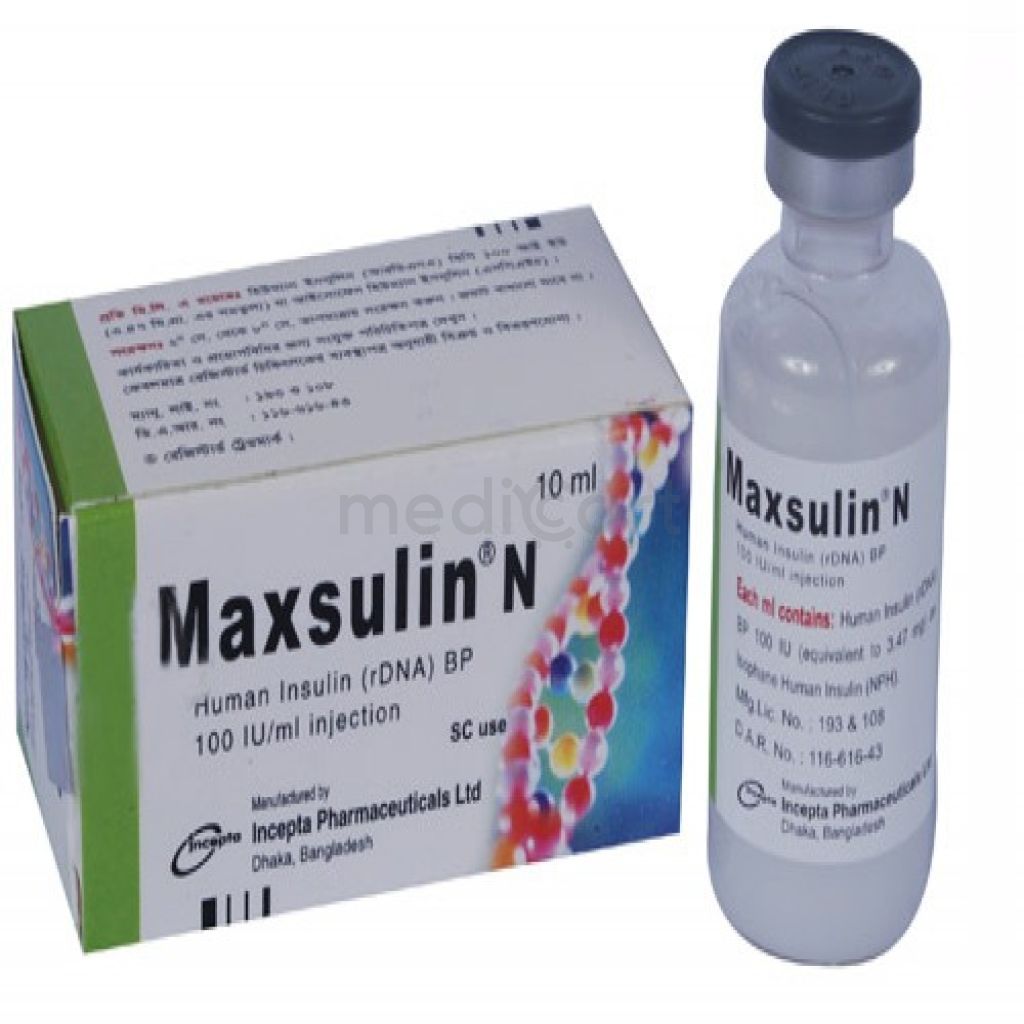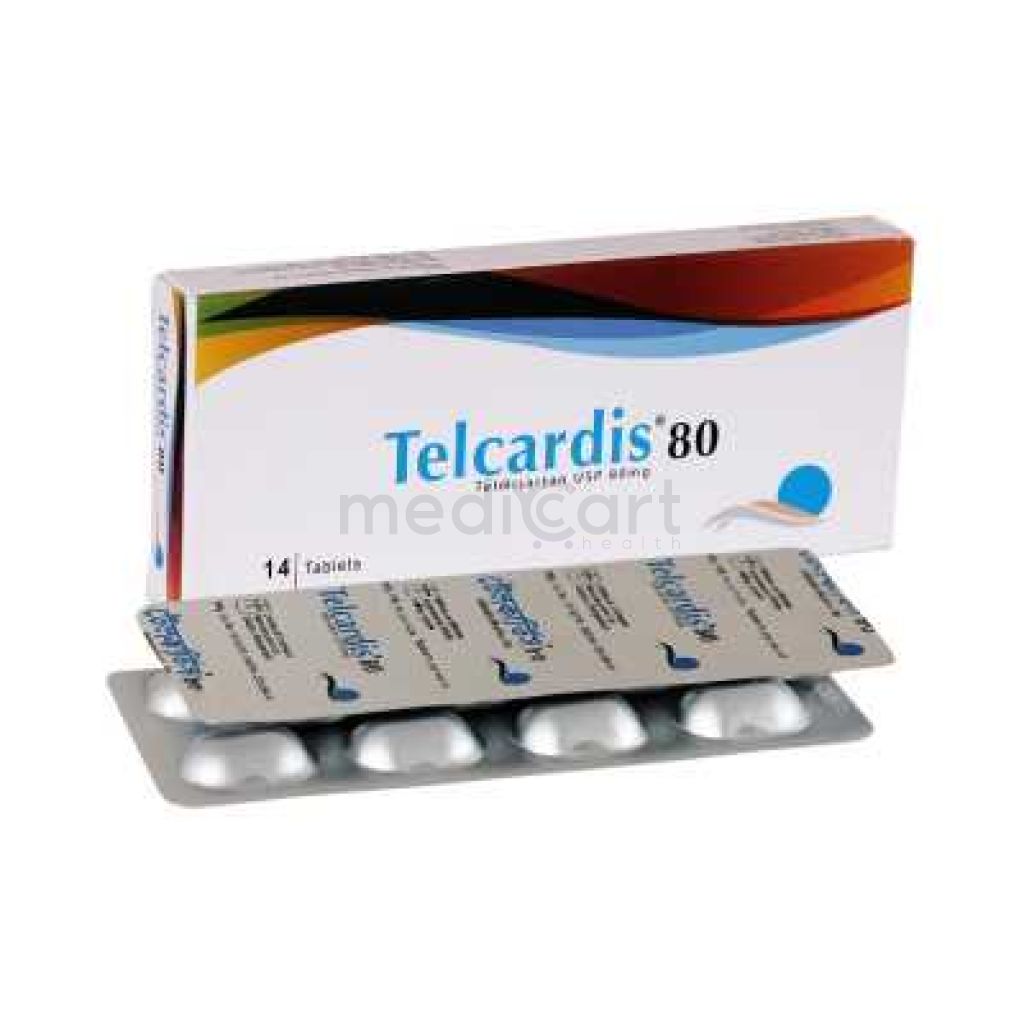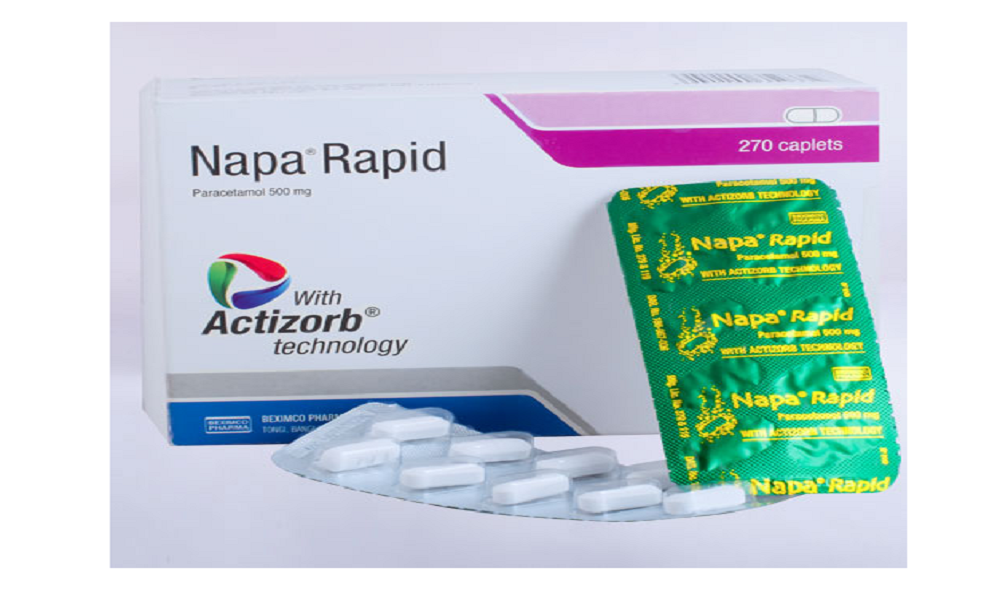

Ansulin N - 100 IU/ml Inj.
Injection
Pack Size :
1 Injection x 1 Packet
Generics :
Insulin Human [Long-Acting]
Manufacturer :
Square Pharmaceuticals Ltd.
Best Price *
TK
415.00
* Delivery will be done in Dhaka city only.
More Information About - Ansulin N - 100 IU/ml Inj.
Description
Generic Name
Insulin (Human) NPrecaution
Pregnancy (insulin requirements tend to fall during the 1st trimester, increase during the 2nd and 3rd) and lactation. Caution with decreased insulin requirements: Diarrhea, nausea/vomiting, malabsorption, hypothyroidism, renal impairment, hepatic impairment Hypokalemia may occur Not for IV or IM administration Use with caution in renal and hepatic impairment (dosage requirements may be reduced) Caution with increased insulin requirements: Fever, hyperthyroidism, trauma, infection, surgery Lactation: Safe to use while breastfeedingIndication
Diabetes mellitusContra Indication
Hypoglycaemia. Hypersensitivity to any of the components.Dose
N/ASide Effect
Allergic reactions. Injection site reaction, lipodystrophy, pruritus, rash, lipoatrophy, hypokalaemia, blurred vision. Hypoglycaemia, insulin resistancePregnancy Category
Name : Not Classified
Description
FDA has not yet classified the drug into a specified pregnancy category.Mode of Action
Insulin lowers blood glucose levels. It regulates carbohydrate, protein and fat metabolism by inhibiting hepatic glucose production and lipolysis, and enhancing peripheral glucose disposal. The various insulin formulations are classified according to their durations of action after SC Inj. They are divided into short-, intermediate-, or long-acting insulin. Soluble insulin (also known as 'neutral insulin' or 'regular insulin') is a short-acting preparation. To extend the duration of action of insulin, preparations are formulated as suspensions in 2 methods. The 1st method involves complexing insulin with a protein so that it is slowly released, e.g. protamine zinc insulin (contains an excess of protamine) and isophane insulin (or NPH insulin which contains equal amounts of protamine and insulin). An alternative method is particle size modification e.g. insulin zinc suspensions. While all the formulations can be admin by SC inj, most by IM inj, only soluble insulin can be admin by IV. Compared to SC inj, IM admin usually has a faster onset of action, with a shorter duration of action.Interaction
Possible absence of hypoglycaemic warning symptoms with beta-blockers. Decreased hypoglycaemic effect with corticosteroids, danazol, diazoxide, diuretics, glucagon, isoniazid, phenothiazine derivatives, somatropin, sympathomimetic agents, thyroid hormones, oestrogens, progestins (e.g. in oral contraceptives), protease inhibitors and atypical antipsychotic (e.g. olanzapine and clozapine). Increased hypoglycaemic effect with oral antidiabetic agents, ACE inhibitors, disopyramide, fibrates, fluoxetine, MAOIs, pentoxifylline, propoxyphene, salicylates and sulfonamide antibiotics. Decreased insulin resistance with octreotide and lanreotide. Increased risk of wt gain and peripheral oedema with pioglitazone, rosiglitazone. Decreased effect of sermorelin.Pregnancy Category Note
Pregnancy Available data from published studies over decades have not established association with human insulin use during pregnancy and major birth defects, miscarriage or adverse maternal or fetal Outcomes; there are risks to mother and fetus associated with poorly controlled diabetes in pregnancy; animal reproduction studies were not performed Poorly controlled diabetes in pregnancy increases maternal risk for diabetic ketoacidosis, preeclampsia, spontaneous abortions, preterm delivery, stillbirth, and delivery complications; poorly controlled diabetes increases fetal risk for major birth defects, stillbirth, and macrosomia-related morbidity Lactation Available data from published literature suggests that exogenous human insulin products, are transferred into human milk; there are no adverse reactions reported in breastfed infants in the literature; there are no data on effects of exogenous human insulin products, on milk production; the developmental and health benefits of breastfeeding should be considered along with the mother?s clinical need for therapy, and any potential adverse effects on breastfed infant from drug, or from underlying maternal conditionAdult Dose
Subcutaneous Type 1 Diabetes Mellitus Suggested guidelines for beginning dose Usual daily maintenance range is 0.5-1 unit/kg/day SC in divided doses; nonobese may require 0.4-0.6 unit/kg/day; obese may require 0.8-1.2 units/kg/day Type 2 Diabetes Mellitus Adult: Usual insulin requirement: 0.3-0.6 IU/kg/day; may be given in 1-2 divided doses. Dose should be individualised, to be adjusted according to patient's needs. Suggested guidelines for beginning dose: 0.2 unit/kg/day May be used alone or in combination with a fast-acting insulin. Change insulin doses in small increments: Type 1 diabetes (2 unit change); type 2 diabetes (2-4 unit change). Look for consistent pattern in blood sugars for >3 days When combined with regular insulin: Morning Give two thirds of daily insulin SC Ratio of regular insulin to NPH insulin 1:2 Evening Give one third of daily insulin SC Ratio of regular insulin to NPH insulin 1:1 Dosing Considerations Dosage of human insulin, must be based on the results of blood and urine glucose tests and must be carefully individualized to optimal effect Dose adjustments should be based on regular blood glucose testing Adjust to achieve appropriate glucose control Hepatic impairment: Dosage reduction may be needed.Child Dose
Type 1 Diabetes Mellitus <12 years: Safety and efficacy not established >12 years: Suggested dose is 0.5-1 unit/kg/day SC; use adult dosing; usual daily maintenance range in adolescents is <1.2 units/kg/day during growth spurtsRenal Dose
Renal impairment: Dose adjustments may be needed.Administration
Administer within 15 minutes before a meal or immediately after a meal. Administer subcutaneously in the upper arm, thigh or abdominal wall. A subcutaneous injection into the abdominal wall results in a faster absorption than from other injection sites. NPH Insulin suspensions are never to be administered intravenously.Disclaimer
The information provided herein are for informational purposes only and not intended to be a substitute for professional medical advice, diagnosis, or treatment. Please note that this information should not be treated as a replacement for physical medical consultation or advice. Great effort has been placed to provide accurate and comprehensive data. However, Medicart along with its authors and editors make no representations or warranties and specifically disclaim all liability for any medical information provided on the site. The absence of any information and/or warning to any drug shall not be considered and assumed as an implied assurance of the Company.






